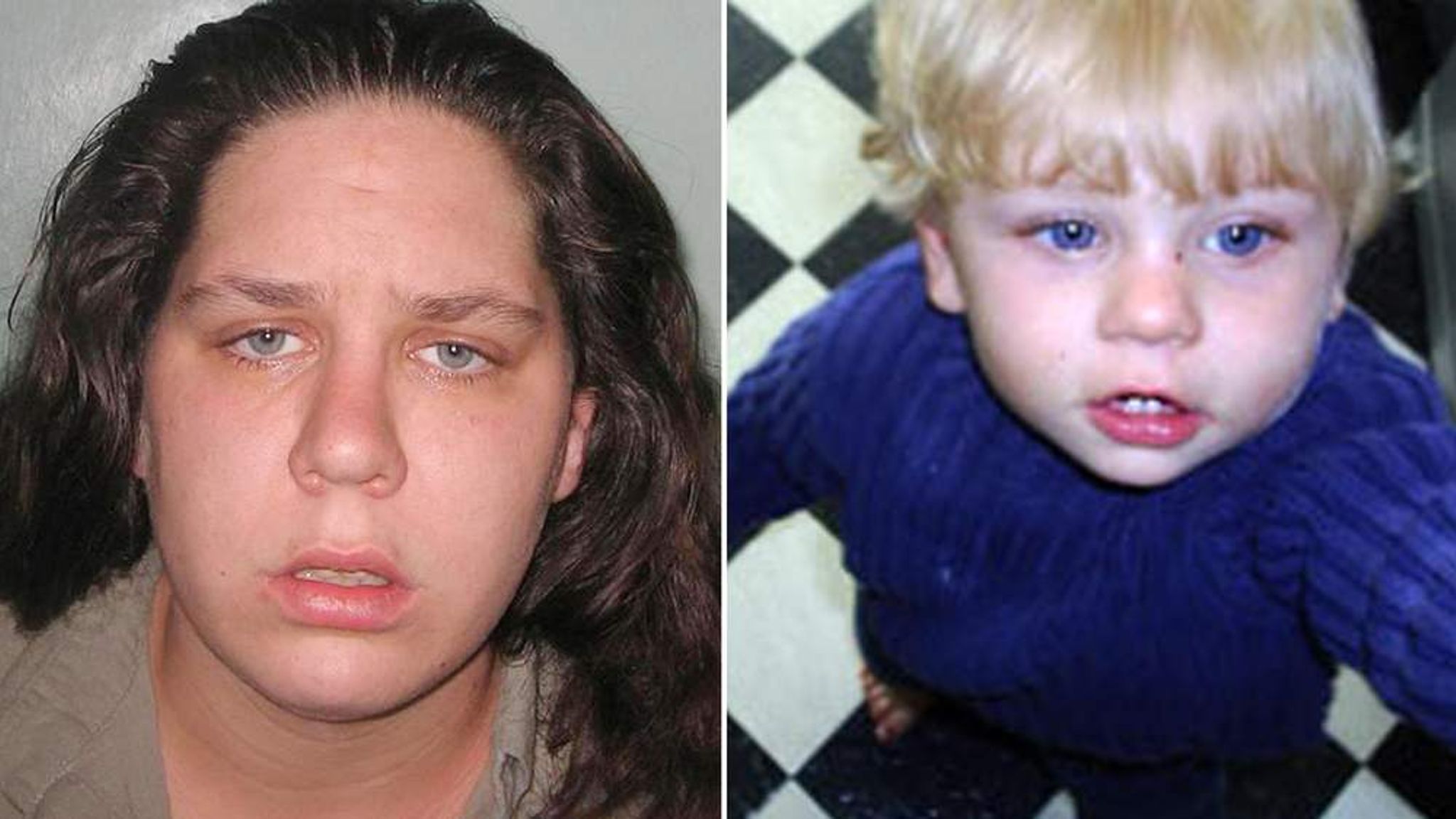The Baby P Case: A Turning Point for Child Protection in the UK

Introduction
The tragic case of Baby Peter Connelly, infamously known as Baby P, continues to resonate across the United Kingdom and beyond, highlighting critical flaws in child protection systems. Baby P’s death in 2007, while under the care of social services, sparked national outrage and led to significant reforms aimed at safeguarding vulnerable children. This case not only drew attention to the inefficiencies in the social work sector but also ignited a broader discussion on accountability and the need for systemic change in child welfare practices.
Background of Baby P
Peter Connelly, known as Baby P, was born on March 1, 2006. Despite warnings from health professionals and social workers about the child’s dangerous living conditions, he suffered ongoing abuse and neglect. Tragically, Baby P died on August 3, 2007, at the age of 17 months after sustaining over 50 injuries. His case gained national attention as the media uncovered failures by numerous agencies, including social services, police, and health care providers, to protect him.
Immediate Aftermath and Reforms
The public outcry following Baby P’s death led to several investigations and inquiries, including the pivotal Laming Inquiry, which reviewed child protection practices. As a result, new recommendations were issued to improve inter-agency cooperation and accountability. Local authorities were instructed to implement enhanced training programs for social workers and improve their assessments of at-risk children. The case also prompted a review of the ‘Every Child Matters’ framework, which aimed to reform child welfare policies across England.
Long-term Impact on Child Protection
More than a decade later, the ripples of Baby P’s case are still felt. The Government introduced the “Working Together to Safeguard Children” guidance, reinforcing the need for collaboration among agencies involved in child welfare. While progress has been made, challenges persist in the form of funding cuts, staffing shortages, and maintaining effective cross-agency communication. Experts argue that lessons from Baby P’s case should remain central in ongoing discussions about child welfare, ensuring that every effort is made to prevent similar tragedies.
Conclusion
The Baby P case serves as a critical reminder of the importance of vigilance and accountability in child protection services. While substantial reforms have been implemented, ongoing scrutiny and commitment to improving child welfare are essential. As society continues to reflect on this harrowing case, it is crucial to prioritise the voices and needs of vulnerable children, ensuring that their safety remains at the forefront of public policy and practice.
You may also like

David Lammy: Championing Justice and Equality in Politics

All’s Fair: The Importance of Fairness in Society
